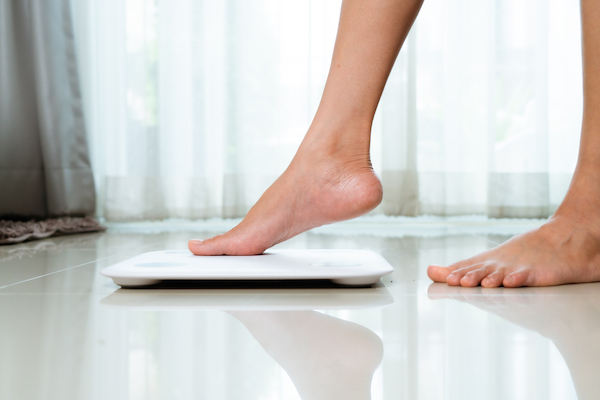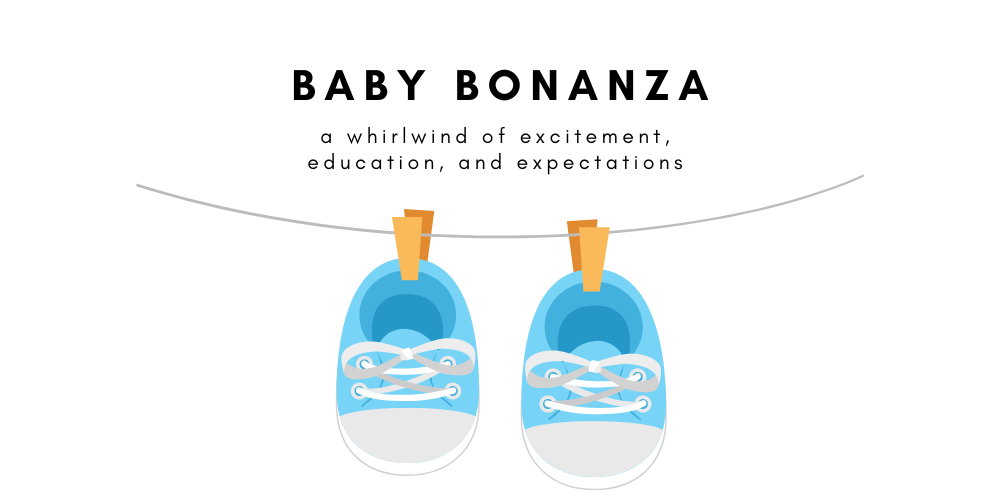Our job as healthcare providers is to inform, educate, empower, and inspire patients (and their families) to be proactive about overall health and well-being. We also want to provide patient families with everything they need to make confident choices about healthcare and treatment options.
Healthcare, diet, and lifestyle recommendations get trickier when patients fall into the overweight or obese categories; the last thing we want to do is to make patients feel embarrassed or contribute to body shaming. Instead, we want to inspire patients to love themselves as they are while facilitating diet, exercise, and lifestyle choices that yield healthy, active bodies.
Tips To Live In Your Best Healthy Body
That is especially true in the pediatric field since unhealthy cultural images around what “normal” or “healthy” weight looks like are dramatically skewed from reality. Therefore, our priority is supporting healthy weight management without body shaming. We do that in multiple ways:
1. Have real conversations about cultural images versus healthy reality
We want to revisit what we mentioned above about our culture’s idea of weight versus the healthy reality. While health-centric organizations like the CDC, WHO and the NIH do their best to provide weight or body mass index to help us establish health-related categories (underweight, healthy weight, overweight, and obese), these categories can be misleading.
They only sometimes consider that some people have bigger and broader (heavier) bones or that muscle weighs more than fat by volume. So, we try to focus on how a person feels in their body, and throughout their daily life, rather than focusing on weight, Body Mass Index, or cultural ideas of a “normal body.” In fact, that latter presents an entirely UN-healthy view of things.
Every single one of the female supermodels in this PDF is well under the healthy weight guidelines. Being underweight is not “better” at all and puts them at risk for serious health issues, including irregular periods, infertility risks, malnutrition, osteoporosis, decreased muscle strength, and lowered immunity.
2. Work as a family to create beautiful body awareness
Body awareness is so integral to overall well-being. In addition to “listening to your body” for physical health, body awareness helps us express our feelings, be authentic, determine whether we’re safe or not, and be guided by our conscience.
Talk to your children about body awareness and how it connects to health:
● Does your body feel energized or tired? (too many filler/processed carbs, sugar crashes, or not enough nutritious and protein-rich food can have that effect)
● Do you have tummy aches? (pay attention to what you ate, as the two could be related)
● Are you pooping at least once a day? (lots of fruits and veggies, less processed foods, and drinking more water typically fixes that)
● Do you have joint aches/pain or lower back pain (junk food or lack of exercise may be contributing)
● Are you able to be as active as you want to be (within reason?)
● Do you easily fall asleep at night and wake up feeling well-rested? (If not, maybe too much sugar, caffeine, energy drinks, anxiety, or lack of physical exercise are preventing the body from resting well)
Answers to these questions provide insight into whether diet or lifestyle habits should shift to support positive body feelings.
Don’t neglect the connection between body sensations and emotional well-being:
● Do you have a nervous tummy with butterflies?
● Is there tension in your jaw, neck, shoulders, legs, etc.?
● What does it mean when your face flushes and you feel tingly?
● Is your tummy telling you “yes” or “no?” What does that feel like?
● When you’re nervous or upset, are your hands cool or hot? Tingly or calm? Sweaty or dry?
Try listening to guided body scanning apps (like This One) to teach your children and family more about this essential practice. Body awareness helps you feel great in the body you have or learn what to do when it’s asking for help.
3. Focus on healthy lifestyle choices rather than weight
Another way to continue a positive family culture around weight, without shame or embarrassment, is by focusing on the healthy lifestyle choices you’re making as a family – rather than weight.
4. Eat a rainbow diet
Kids love color, so we like to talk about eating a rainbow diet (not including processed foods that include food dyes). We should all strive to consume meals that prioritize lean proteins and lots of colorful fruits and vegetables while limiting processed foods, refined sugars, and chemicals.
Check out this FREE Eat a Rainbow curriculum from Curriculum Castle. It’s a great way to get the family talking about which foods to prioritize in the family meal plans or while ordering in restaurants. They provide a range of food charts you can put up in the house. Use them to create grocery lists while packing school snacks and lunches and planning meals for the week ahead.
5. Move more than you sit
Other than occasional rests through the day, the end of the day relaxing period, and sleep time, we should all be moving more than we’re sitting. We have plenty of patients whose bodies naturally put on more weight than others due to genetics, metabolism, and body type. Many are involved in year-round sports, love to ride their bikes and walk the family dog(s), and are always on the go. This is exactly what we want to hear.
Take stock of the family’s plans. In addition to the extracurricular activities supporting regular childhood movement (athletics, swimming, dancing, gymnastics, musical theater, etc.), try incorporating exercise into daily activities to ensure you’re moving as a family.
6. Prioritize (and model) stress management
Children aren’t all that different from adults; eating to soothe and comfort stress and anxiety or other “negative” emotions sets an unhealthy pattern in motion. Work to practice stress management as a family. Then, swap healthy snacks for alternatives if a comfort moment arises. For example, whip up a delicious smoothie rather than going for that pint of ice cream – like one of these 7-Energy-Packed Smoothies that Taste Like Ice Cream from Real Simple.
Finally, don’t forget the power of Mother Nature. There are so many beautiful things to do and see here in the Portland area, including a lovely walk or hike – so it’s a win-win.
Practice Empowering Your Healthy Body With PANW
Do you worry the focus on healthy weight management is leading to body shaming or diminished confidence in your child or teenager? Then, schedule an appointment with Pediatric Associates of the North West. We’ll work hand in hand with your family to refocus the lens on health and wellness and de-escalate conversations about the scale. We’re here to help you and your family establish healthy lifestyle habits that last for life.






